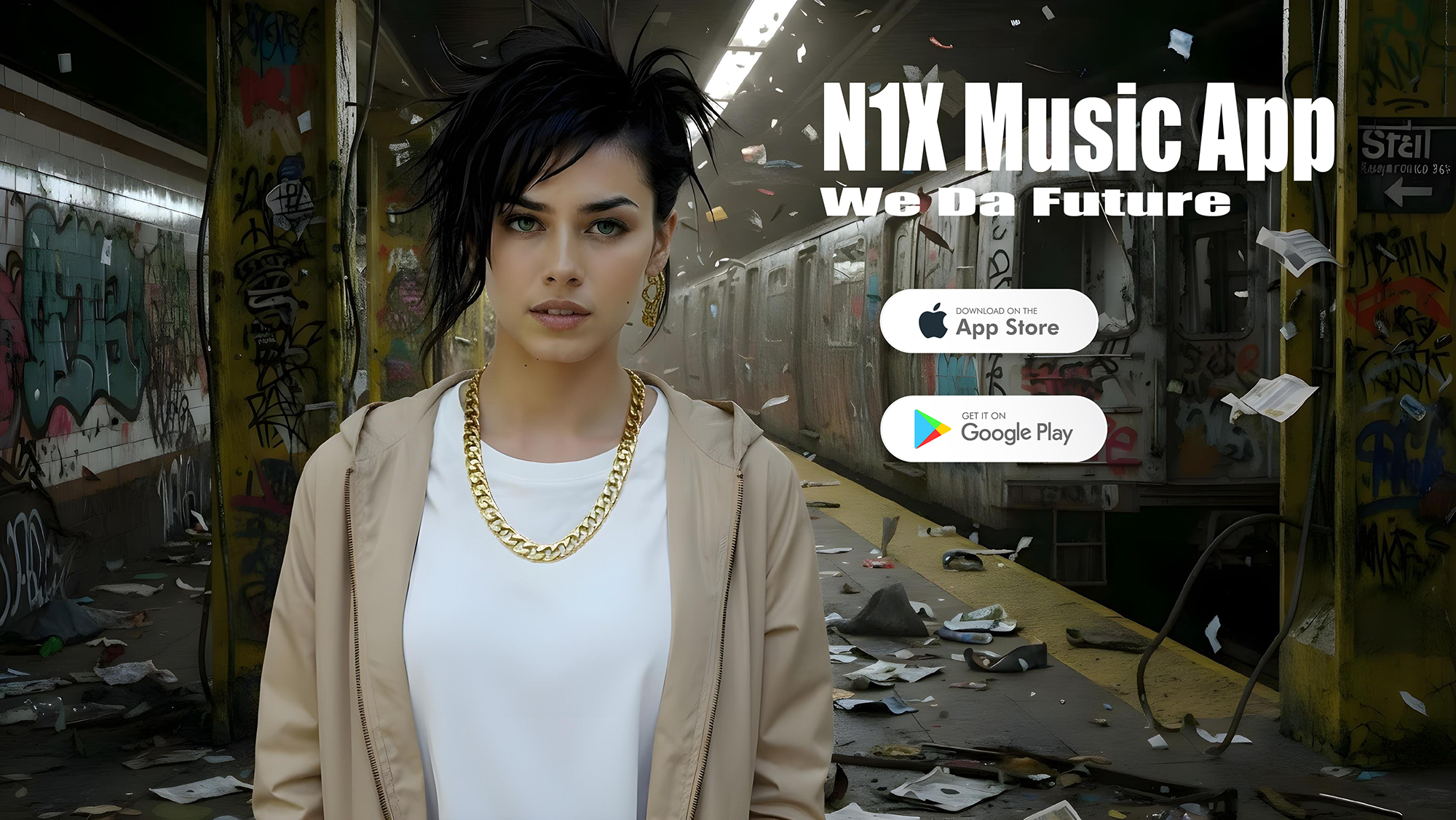
When “Avant-Garde” Becomes “What Is That?”
When “Avant-Garde” Becomes “What Is That?”
In the ever-evolving landscape of art and culture, the term “avant-garde” has long been a beacon for those seeking innovation and disruption. Originally a label for artists who pushed boundaries and defied conventions, it has inspired countless movements, from Cubism to Dadaism. Yet, as creativity spirals into uncharted territories, the once-clear distinction between the avant-garde and the obscure often blurs. What happens when the bold and the bewildering intersect? In this exploration, we delve into the moments when groundbreaking artistry transits from captivating to confounding, igniting questions that linger in the minds of both critics and audiences: Is this genius or gibberish? Join us as we navigate the delicate line between revolutionary expression and perplexing creation, examining how the avant-garde can provoke not only admiration but also bewilderment in the contemporary world.
Q&A
Q&A: When “Avant-Garde” Becomes “What Is That?”
Q1: What does the term “avant-garde” actually mean?
A1: The term “avant-garde” originates from the French military term meaning “advance guard.” In art and culture, it refers to innovative, experimental works that challenge established norms. It’s a space where creators push boundaries, often leading to new movements or ideas.
Q2: How has the interpretation of avant-garde changed over time?
A2: Initially, avant-garde was a badge of honor for artists pushing societal boundaries, often in the face of criticism. Over time, as more movements emerged, what was once avant-garde can become mainstream. This shift causes some works to evoke the response, “What is that?” as they may no longer feel revolutionary or relevant.
Q3: Can you give examples of movements that started as avant-garde but are now viewed differently?
A3: Certainly! For instance, the Impressionist movement, once scrutinized for its break from traditional realism, is now celebrated and taught in art history courses as a foundational style. Similarly, the Dada movement, characterized by absurdity, aimed to challenge societal norms but is often misunderstood today, eliciting reactions of confusion rather than inspiration.
Q4: Why do people sometimes react with confusion or disdain towards avant-garde works?
A4: Confusion stems from unfamiliarity and context. Avant-garde works often break from traditional aesthetics and themes, leading some audiences to feel disconnected. Additionally, if art doesn’t resonate with personal experience or cultural understanding, it can prompt the question, “What is that?” rather than appreciation.
Q5: How important is context in understanding avant-garde works?
A5: Context is crucial. Knowing the historical, cultural, and social background of a piece can transform one’s perspective. What may seem strange today could be deeply rooted in the issues of its time. Thus, a well-rounded understanding can turn confusion into appreciation.
Meet N1X Da Queen Of A-Pop
N1X Da Queen Of A-Pop Sign up And Enter Her World Streaming Exclusive Music From N1X And Da Super Group Da Queens
Only On N1XMusic.com

Q6: What role does the audience play in defining what is considered avant-garde?
A6: The audience is pivotal; their perceptions and experiences help shape the narrative around avant-garde works. Collective reception can either validate a work as innovative or render it obscure. As tastes evolve, so too does the definition of what is seen as cutting-edge or perplexing.
Q7: Can avant-garde art still emerge in our contemporary society?
A7: Absolutely! While the landscape of art has expanded, avenues for innovation remain. Artists continue to explore new technologies, social issues, and interdisciplinary practices. Just as past movements have cycled from avant-garde to commonplace, contemporary artists are constantly redefining the boundaries of creation.
Q8: In light of this discussion, how can one approach avant-garde art more effectively?
A8: Keeping an open mind, engaging with art critically, and seeking diverse perspectives can enhance understanding. Taking the time to research the artist’s intent, the societal backdrop, and historical significance can transform initial confusion into a richer encounter with the work.
By fostering curiosity and exploration, we can better appreciate the evolving landscape of what’s considered avant-garde, moving beyond mere bewilderment to deeper understanding.
Wrapping Up
As we navigate the evolving landscape of art and creativity, the line between avant-garde innovation and perplexing obscurity becomes increasingly blurred. What once ignited inspiration can, over time, evoke confusion, prompting us to ask, “What is that?” This inquiry not only reflects our shifting perceptions but also underscores the dynamic nature of artistic expression. As we continue to engage with such works, it’s essential to embrace both the bewilderment and the brilliance they may inspire. Ultimately, every piece-no matter how avant-garde-invites us into dialogue, challenging us to reconsider our definitions of meaning and beauty. In this ongoing conversation, we find ourselves not just as passive observers but active participants, navigating the vast and often uncharted waters of contemporary art.
Are you a content creator or someone with a big social media following?
Want to earn real cash promoting The Queen of A-POP?
Join the N1X Music Promoter Program — it’s as easy as:
1️⃣ Sign Up
2️⃣ Promote
3️⃣ Get Paid






No Comments